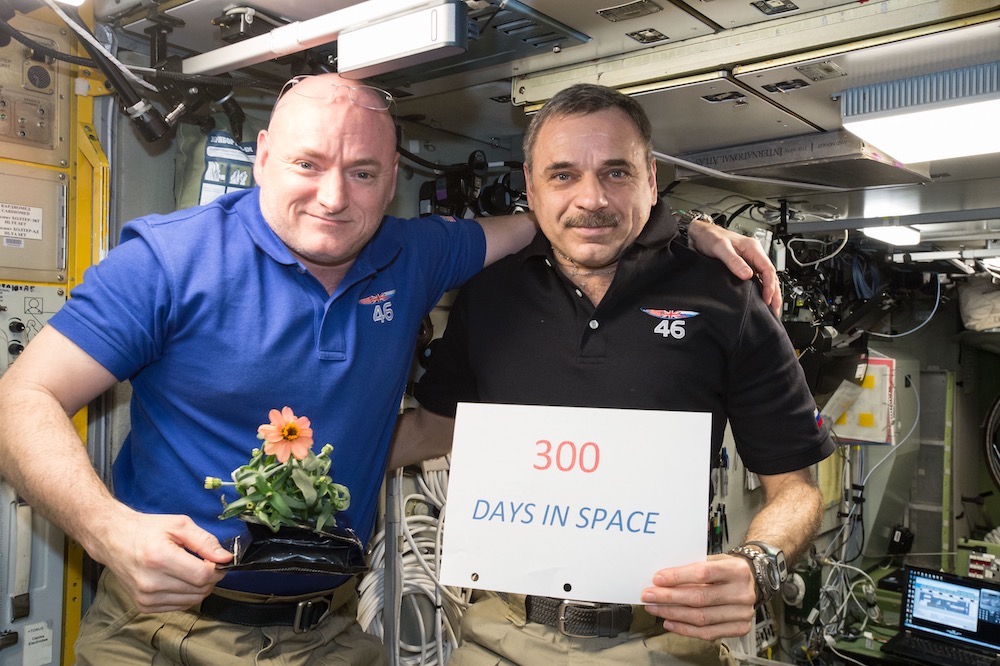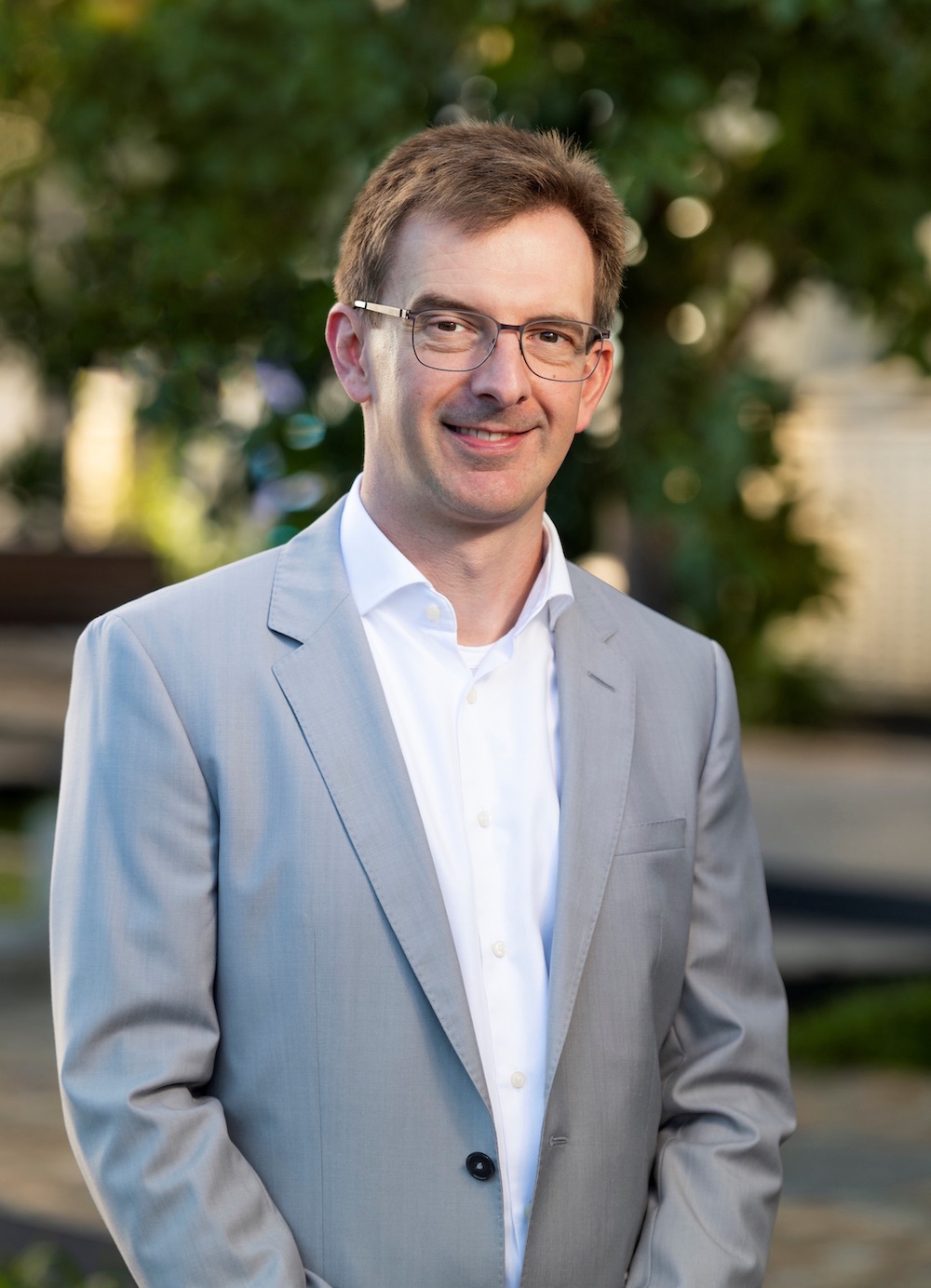the science of food
EVEN ASTRONAUTS NEED TO EAT
Space is hostile and plants will need a hand to go where they’ve never gone before.
The University of Adelaide’s Waite Research Institute is helping to find a way to make it possible.
Without gravity, surface tension of water causes the liquid to wrap around and envelop a plant, smothering it to death. “Water becomes sticky and creepy in space,” Professor Matt Gilliham of the University of Adelaide says. “It’ll creep up the stem and suffocate it. The same happens with the roots.”
Plants did not evolve for life in space and this phenomenon is just one of the many obstacles astronauts face if they are to grow food and survive. Engineering and biological solutions are needed to overcome issues such as a lack of convection, protection from gamma rays, provision of nutrition and purifying toxic gases emitted naturally by plants.
Professor Gilliham is a crop molecular physiologist and newly appointed Director of the Waite Research Institute. The university has opened up pathways to NASA to work on solving the problems, with an urgency spurred by renewed interest in space exploration. “There’s real momentum – what we thought was science fiction is becoming a reality,” he says. “But there are challenges. If you get things wrong in space, you’re dead.”

Plans to build a permanent human settlement on the Moon – starting with the Lunar Orbital Platform – Gateway in the 2020s and a mission to land humans on Mars by the early 2030s means there is much work to be done. “With these long missions, there are impracticalities of taking all your food with you. It’s not going to happen. You will have to grow and replenish supply,” Professor Gilliham says.
His research specialises in how crops can tolerate inhospitable conditions “and, in Australia, we have an abundance of those, unfortunately”. He was drawn to SA after studying in Cambridge because work at Waite delivers real positive outcomes for farmers and consumers. There’s still plenty to do assisting farmers and conducting research which will drive innovations of the future for Australian agriculture.
“But we’re also moving into black sky research, the innovations which are going to help these developments in space,” he says. “We are at an early stage but the work we have been doing for several decades is very relevant to what we need to do in space. And what better place to do research than in SA, where we have some areas with very inhospitable soils and we can run experiments remotely in very harsh environments.”
Astronauts have been experimenting in space, growing foods like lettuce. NASA astronaut Scott Kelly grew a zinnia flower in 2016. He used sacks of claylike substrate around the roots to stop water moving where it wasn’t wanted.
Professor Gilliham says work in space will have benefits on Earth. One of the technologies developed for space is an air purifier which removes toxic gases like ethylene emitted by plants before they invade the air breathed by astronauts in a spacecraft. This purifier technology is now used in hospitals.
Plant science in space research has lagged behind other fields and NASA now has funds available to expedite innovative solutions. Waite has the track record of developing crops that can adapt to hostile conditions. “You have to peel away one thing at a time. You do the basic biology and then you put the parts together in short-term experiments in space,” Professor Gilliham says. “The great thing about space research is that it is very collaborative. International space agencies partner with researchers all around the planet to run trials in space.”
COMMUNICATION
LET THERE BE LIGHT
Shining a light on the problem will bring a step change in how we talk to satellites.
Think lasers, says the UniSA telecommunications institute
which has already reinvented the way we talk in space.
The world has developed an insatiable appetite for data. Everything is becoming connected as we move into the era of the Internet of Things. But there’s a problem – how to get the data from where it’s gathered to where it’s needed. “Bottom line, the spectrum is crowded – there’s not a single space that is not allocated for some service,” says Professor Gottfried Lechner of the University of South Australia. The problem has researchers looking at how to transmit more data faster and further than ever before.
“The next thing will not be a slight increase but a massive jump when we go from traditional radio frequencies to optical communications. Basically, laser links. Suddenly we will have significantly higher data rates,” Professor Lechner says.
Laser will be used for satellites to connect to ground stations and to communicate with other satellites orbiting in constellations around Earth. Professor Lechner is excited by the research challenge ahead to make optical links work. Challenges include getting a satellite the size of a shoebox flying around the world so fast it’ll complete an orbit in about 90 minutes to beam a pulse of data down to a small target on Earth accurately and consistently. There’s also the issue of clouds stopping light.
 The boundaries of transmitting on traditional radio frequencies is well understood but, when it comes to optical, “we’ve only just started”, he says. “There are huge gains to be made.
The boundaries of transmitting on traditional radio frequencies is well understood but, when it comes to optical, “we’ve only just started”, he says. “There are huge gains to be made.
"We’re not limited by the physics, only by the technology – and we can improve the technology. Australia is in a prime position to become a world leader in optical communication. We have great expertise, we have a lot of space and we don’t have many clouds.”
Professor Lechner is the director of the university’s Institute for Telecommunications Research, based at Mawson Lakes in northern Adelaide.
The institute has a long pedigree in cutting-edge research, including the design and building of the communications payload of Australia’s FedSat satellite, launched from Japan in 2002.
“We have been involved in satellite communications for many years,” he says.
“We work with the French space agency, CNES. We track their launches from French Guiana. We are one of the ground stations providing connectivity.”
In a breakthrough project, the institute developed a Global Sensor Network which enables low-cost sensors attached to assets on the Earth’s surface to beam data to a constellation of low-orbit satellites using minimal power. The satellite feeds the data back to a ground station which then sends it on to a customer via cloud-based internet service which sorts and curates massive quantities of information.
“The brief was to imagine a very large number of sensors – a million sensors here on Earth – all transmitting small bits of information – water level, temperature, the position of a ship, an electricity meter, whatever it may be,” Professor Lechner says. “We looked at what already existed and decided we had to start from scratch. We designed, modelled, prototyped and tested a complete system. We didn’t want to do a university research project which gets published, archived and gathers dust. From the very beginning we wanted to commercialise that.”
The project secured more than 10 patents and spun out a company, Myriota, which has become one of the darlings of the space industry, raising millions of dollars from enthusiastic investors. The range of applications for satellite communications is growing constantly. Professor Lechner cites examples such as banks using satellites for precision timing of transactions, earth observations tracking pollution or checking the health of the Great Barrier Reef, farmers using imagery to detect pests and diseases and weather forecasters watching fronts move in.
“We have satellites monitoring bushfires. If you’re on the ground fighting a fire, knowing exactly where it is and combining that with weather information gives you a massive advantage,” he says.
Professor Lechner says there is growing demand for workers with communication skills. Anecdotally, he has found students going straight into industry jobs without going on to postgraduate research degrees because demand is so high.
“It’s a super-exciting time: Adelaide seems to be the place to be,” he says. “The State Government’s very supportive, the universities are very supportive. Here at the institute, we’ve been working in space and defence for 30 years but in the past few years the university has put more and more focus on space and defence. So, from our point of view, that’s perfect.”